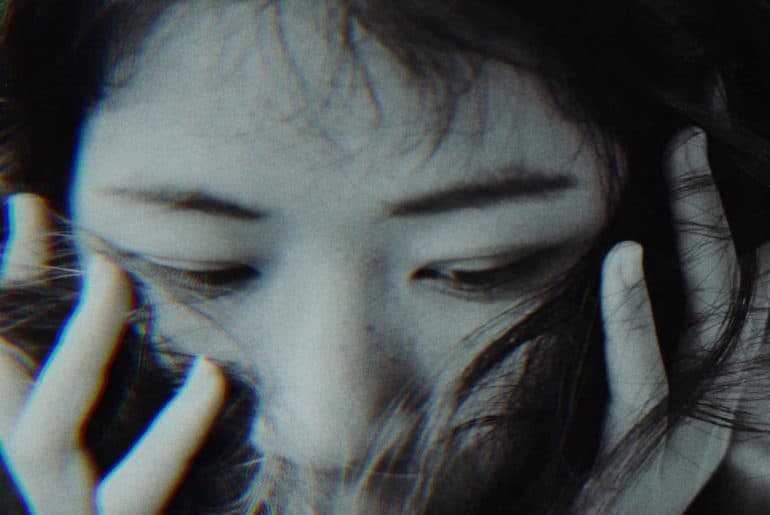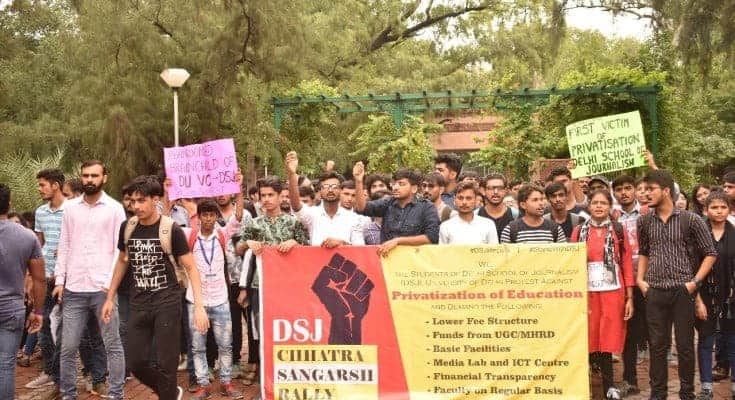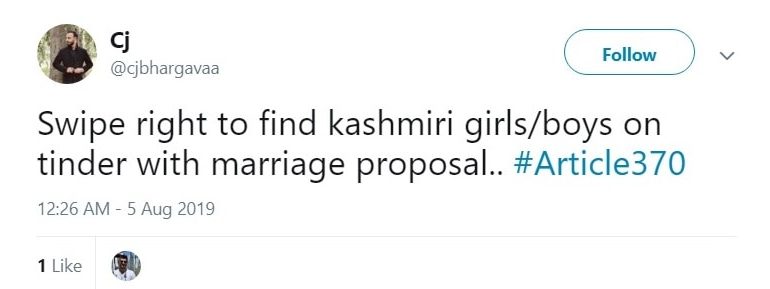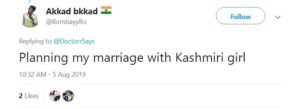From the loveable Raja bhaiya at the Patel Chest in North Campus to the Chai spot behind Jesus and Mary College in the South Campus, the entire University of Delhi (DU) has fallen in love, head over heels over Chai, and this article traces why is that so.
Tea is more than just a beverage, it’s the elixir of life. Here are few of the many reasons why DU can’t be imagined without chai and chaiwallahs.
Chai brings an inevitable feeling of belongingness and warmth. It’s like a home away from home. This feeling of familiarity that chai brings often takes away the anxiety of starting somewhere anew, hence precisely why the Fresher’s feel at peace when they are on the campus with their favourite chai spots. It’s often that the vibe of the place and the people make you fit in.
Abhinandan Kaul, first year student from St. Stephens College, said “As I entered the DU North Campus, I had been introduced to the famous Sudama Tea stall, “north campus ki shaan!” “Sudama“- the Amar Chitra Katha character symbolizing true friendship, transforms friendship in DU too. It’s such a cute place to build strong bonds with minimum resources, I always go there with my friends to chill out with a hot cup of tea and biscuits!”
Drinking chai is a habit, it has become part of the everyday routine we follow. There’s a specific time for it. There’s a specific place for it and a specific ‘nashta’ or food to go with it. Whether it be after the 2 p.m. lecture or receiving calls from your mother everyday exactly at 6:30 in the evening to ask you only would you be home for chai, A hot cup of tea cannot be missed.
Noihrit, third-year student from Ramjas College said, “Chai is constant for me. Whether I scored well or poorly in my exams, had a good or a bad day, hectic or leisurely society work, chai is indivisible from me. Spending my evenings with friends and chai at the tea point at Old Gupta Chowk is something which I’ll relive forever.”
Infact, while many of us fall in love with chai, there are many who fall in love at chai. With a cigarette in one hand, chai in other, sitting on the plastic stool, bursting out with our most vulnerable thoughts, discussing everything from weird exes to family troubles to even anxiety issues, chai spots pave a way for a perfect conversation with your special one. Chai and momos constitute a perfect day at the campus.
Prabhanu, first-year student from Kirori Mal College says, “I met this girl online way before I got into DU and I live in South Delhi. So we started talking and to meet her I had to go all the way to Civil Lines and all we used to do was drink chai and smoke sutta (cigarette) for hours until I had to go back home. Our first date included going to a hospital in Civil Lines, chai and sutta. And we are currently seeing each other.”
Its 3 a.m. and you have a sociology internal in the morning, an economics assignment to submit and a begging session to ask your teachers for attendance is also due. Chai in this moment of extreme chaos, rescues you.
Jaishree Kumar, third-year History student, Ramjas college said, “I once stayed up all night to finish my assignments. No sleep at all. Nada. Chai came to my rescue to keep me up.”
Chai is the staple for all societies, whether it be to survive the rigorous practice sessions or just to gossip about other societies with a cup of tea in hand. Chai helps all to perform.
Yaksh Handa, first-year student at the Hindu college said, “So members of the Deb Soc, before commencing the day’s proceedings, would go out to the Hindu ke saamne wali chai tapri, to get a shot of adrak wali chai, and over chai, everything from politics of the right wing to the stupidity of the debsoc seniors and to the quirky nicknames for our debsoc tshirts was discussed. I feel such short and unplanned chai tapri visits keep the soc entangled in a common thread.”
One will be amused to know that chai has a very special place in hearts of this organisation, the DU Beat, as well. Infact, the very feature image you see, is the last spot of the senior-tour which apprised the juniors of the most memorable places at college campuses from there to be gone seniors.
Vaibhav Tekchandani, Photographer and Video Editor at the DU Beat, said “The last fest season, all of us, i.e. The Village Area, the photog family, as well as the correspondents, without any said notice or gesture used to accumulate at these chai wali tapris and everything from the live updates to the captions was discussed. It was a beautiful feeling and I’d give anything to go back to those days.”
From broken hearts to broken hands, all was treated at the chai wali tapri. It is the greatest source of making memories that will give you nostalgia every time you pass through that place.
Janesh Sahni, Photographer and Video Editor at the DU Beat says, “Raja bhaiya’s Tapri has been our go to place since like forever. I broke my hard drive last year during Tempest and we all tried to fix at Raja Bhaiya while I panicked hard. “Meltayi Maggie” is melted cheese Maggie that you can get at Raja Bhaiya, we coined that term.”
Chai brings a pool of memories for not only just for society members or DU Beat members, but for each student of DU. From assignment discussions to ranting about college professors; everything takes place at chai wali tapri. People like Raja Bhaiya and things like Sudama ki Chai becomes actual realities of our lives, than just places.
Waise bhi, it’s the gospel truth that Chai bina Chen kha re. (All this while one thing remains the gospel truth; there is no peace without a cup of tea.)
Feature Image Credits: Janesh Sahni for DU Beat
Chhavi Bahmba













